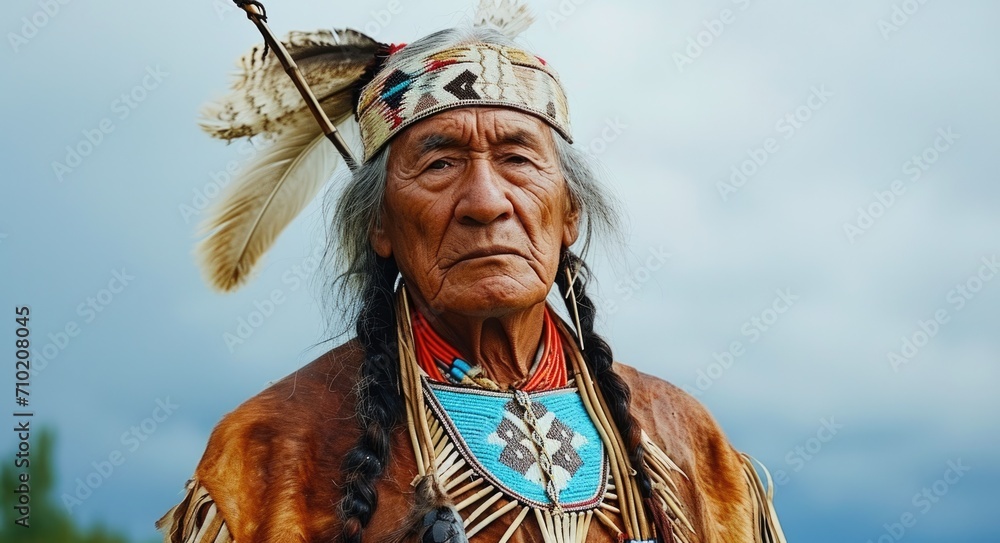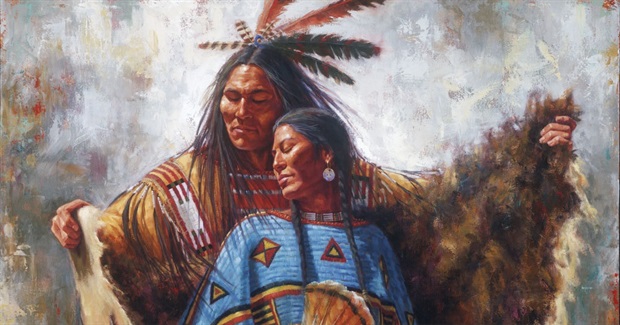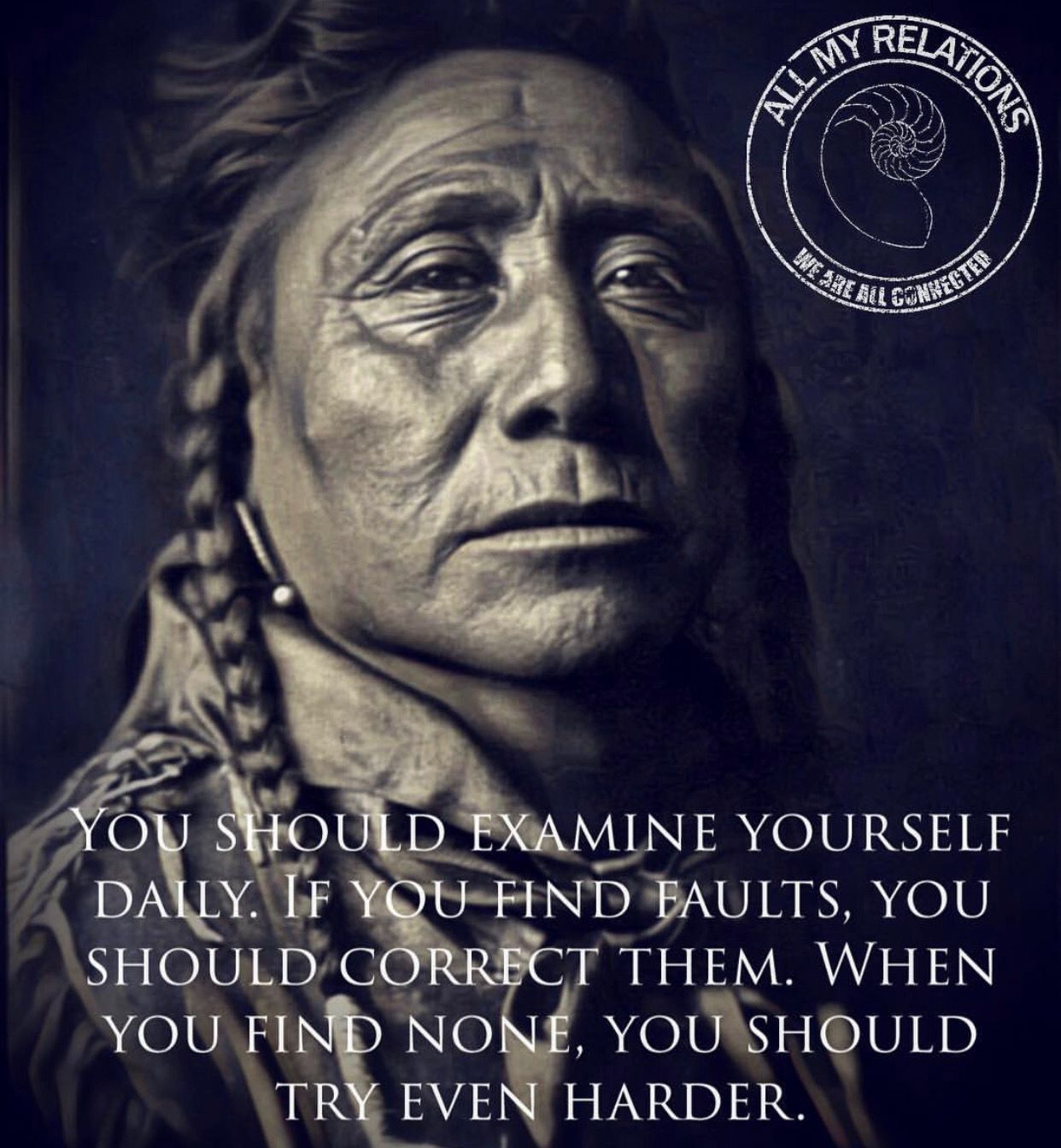The Ancestral Wisdom of Native Americans represents a profound legacy of knowledge and practices that have been cultivated over thousands of years. This wisdom encompasses spiritual beliefs, environmental harmony, healing traditions, and social structures that emphasize balance, respect, and interconnectedness with the world. Rooted in diverse tribal cultures across North America, it offers timeless teachings that can guide modern society toward greater sustainability and holistic well-being, reminding us of the importance of living in harmony with nature and community.
The Spiritual Dimensions of Native American Wisdom

Native American spirituality is not merely a set of beliefs but a way of life that integrates the sacred into every aspect of existence. This ancestral wisdom views the universe as alive and interconnected, with humans as integral parts of a larger web of life. Spiritual practices are deeply tied to the land, ancestors, and natural elements, fostering a sense of unity and purpose. By exploring these dimensions, we can appreciate how this wisdom promotes personal and communal harmony, offering insights that transcend cultural boundaries and speak to universal human experiences.
Understanding the Great Spirit and Cosmology

The concept of the Great Spirit, often referred to as the Creator or Wakan Tanka in Lakota traditions, is central to Native American cosmology. This divine force is seen as the source of all life, embodying the essence of creation and sustaining the balance of the universe.
In many tribes, the Great Spirit is not anthropomorphized but understood as a pervasive energy that flows through everything. For instance, among the Navajo, this is reflected in the idea of Hózhǫ́, or harmony, which encompasses physical, mental, and spiritual well-being. This cosmological view encourages individuals to live in accordance with natural laws, promoting respect for all forms of life and fostering a deep sense of gratitude.
Moreover, Native American cosmology often includes a rich pantheon of spirits and deities that represent natural phenomena. The Hopi, for example, believe in kachinas—spiritual beings that bring rain and fertility—illustrating how spiritual beliefs are intertwined with environmental cycles. This holistic approach teaches that human actions have cosmic consequences, urging ethical behavior and stewardship. By internalizing this wisdom, modern individuals can cultivate a more mindful existence, recognizing their place within a larger, interconnected system.
Sacred Ceremonies and Rituals

Ceremonies play a vital role in Native American spiritual life, serving as moments to connect with the divine, honor ancestors, and maintain communal bonds. These rituals are often seasonal, aligning with natural cycles like solstices or harvests, and are conducted with great reverence.
For example, the Sun Dance ceremony among Plains tribes such as the Sioux involves fasting, dancing, and offerings to renew spiritual strength and ensure tribal well-being. Participants endure physical hardships to demonstrate commitment, symbolizing sacrifice and renewal. This practice highlights the wisdom of using ritual to build resilience and community solidarity, teaching that enduring challenges can lead to personal growth and collective harmony.
In addition, rituals like the Sweat Lodge ceremony, found in various forms across tribes, use heat and steam for purification and healing. By entering a darkened lodge and praying, individuals seek spiritual cleansing and guidance, emphasizing the interconnectedness of body, mind, and spirit. This ancestral wisdom underscores the importance of intentional practices in maintaining balance, offering a counterpoint to the fast-paced, disconnected nature of modern life.
The Importance of Vision Quests
Vision quests are a cornerstone of Native American spiritual development, involving solitary retreats into nature to seek personal insight and direction from the spiritual realm. This practice is common among tribes like the Apache and Lakota, where young individuals undertake the quest as a rite of passage.
During a vision quest, participants fast and meditate in isolation, often on a sacred mountain or in a remote area, to receive visions or messages from spirits. This process fosters self-discovery and a deeper connection to the Great Spirit, helping individuals find their life purpose. The wisdom gained is not just personal but communal, as visions often guide tribal decisions and healing practices.
Furthermore, vision quests teach the value of introspection and patience in a world that often prioritizes instant gratification.
The Art of Healing and Medicine in Native American Traditions
Native American healing practices are a rich tapestry woven from the fibers of spiritual beliefs, herbal knowledge, and community support. These traditions recognize that health is a holistic concept, encompassing physical, emotional, mental, and spiritual well-being. By closely observing nature, Native Americans have developed diverse healing methods that honor the sacredness of life. Understanding these practices offers valuable lessons on the interconnectedness of health and nature, as well as insights into alternative forms of wellness that can complement modern medicine.
Traditional Herbal Medicine
Herbal medicine holds a foundational place within Native American healing customs, with each tribe possessing unique knowledge about local plants and their medicinal properties. This practice underscores the profound relationship between indigenous people and their environment, illustrating how they view the land as both a provider and healer.
For instance, the use of sage for purification rituals is widespread across many tribes, while willow bark has been utilized for its pain-relieving properties long before the advent of aspirin. These healing practices were not merely empirical; they were rooted in centuries of observation and passed down through generations. Indigenous healers often combined various herbs to create remedies tailored to the specific needs of individuals, highlighting a personalized approach to wellness.
Furthermore, the teachings surrounding these plants extend beyond their physical benefits. They carry cultural significance and stories that connect individuals to their ancestors and the land. For example, the use of cedar in cleansing ceremonies reflects its role in safeguarding spiritual and physical well-being. In this way, traditional herbal medicine embodies the wisdom of using natural resources sustainably while fostering a deeper connection to the earth.
Spiritual Healing Practices
In addition to the use of herbal remedies, spiritual healing plays a vital role in Native American medicine. Many tribes believe that illness stems from an imbalance in one’s spirit or a disconnection from the community and the natural world. As such, healing extends beyond treating symptoms to address underlying spiritual ailments.
One prominent spiritual healing practice is the talking circle, which creates a safe space for storytelling and sharing experiences. Participants pass around a talking piece—a symbolic object that grants the holder the right to speak—allowing individuals to express their feelings and seek communal support. This practice fosters empathy and solidarity, emphasizing that healing is a collective journey rather than an isolated endeavor.
Moreover, shamans or medicine people often facilitate healing ceremonies that include prayers, songs, and offerings to restore balance. For example, the Navajo Blessingway ceremony invokes blessings for health, harmony, and good fortune, highlighting the belief that positive intentions and communal support can significantly influence individual healing. This spiritual dimension of medicine serves as a powerful reminder of the importance of connection and compassion in achieving wellness.
The Role of Community in Healing
The emphasis on community underscores the Native American approach to health and healing. Unlike the often individualistic nature of contemporary medical systems, Native American traditions prioritize relationships and communal well-being as essential to health.
Community gatherings play a crucial role in promoting healing, whether through sweat lodges, powwows, or feasts. These events foster a sense of belonging and strengthen social bonds, which are vital for mental and emotional health. When individuals feel supported by their community, they are better equipped to navigate personal challenges and find resilience in times of hardship.
Additionally, the sharing of traditional knowledge and practices ensures that healing wisdom is preserved across generations. Elders often serve as mentors, imparting their experiences and understanding to younger members. This intergenerational transfer of knowledge reinforces cultural identity and instills pride, further enhancing communal strength. By recognizing and valuing the role of community in healing, we can cultivate more inclusive and effective approaches to health and wellness today.
Environmental Wisdom: Living in Harmony with Nature

Environmental stewardship is a cornerstone of Native American philosophy, reflecting a deep-rooted understanding of the intricate connections between humans and the earth. This ancestral wisdom emphasizes the importance of living sustainably, respecting natural resources, and viewing nature as a living entity deserving of reverence. By exploring these values, we can gain insights into responsible environmental practices that align with the principles of balance and reciprocity.
The Concept of “Seven Generations”
One of the guiding principles of Native American environmental wisdom is the idea of “seven generations.” This concept urges individuals to consider the impact of their actions on the environment and future generations. It serves as a reminder to make decisions based on long-term sustainability rather than short-term gains.
Many tribes, including the Iroquois, embrace this principle, encouraging leaders and community members to think critically about how their choices will affect the land, water, and ecosystems for seven generations to come. This perspective promotes a sense of responsibility and accountability for the health of the planet, urging us to cultivate practices that nurture and protect the earth.
By adopting a seven-generations mindset, modern society can counteract environmental degradation and move toward more sustainable practices. This might include supporting local agriculture, advocating for clean energy sources, and minimizing waste. Ultimately, embracing this wisdom fosters a sense of interconnectedness, reminding us that our well-being is intrinsically tied to the health of the planet.
Sacred Relationships with the Land
Native American cultures maintain deep spiritual connections with the land, viewing it as sacred and alive. This perspective goes beyond mere resource management; it encompasses respect and reciprocity. Land is seen not only as a source of sustenance but also as a source of spiritual nourishment.
For many tribes, specific locations hold significant cultural and historical importance, and maintaining these sacred sites is essential for preserving their heritage and identity. The preservation of places like Bear Butte for the Lakota or Stone Mountain for the Cherokee reflects the understanding that these landscapes embody ancestral spirits and wisdom.
This intimate relationship with the land encourages responsible stewardship and sustainable practices. Rather than exploiting resources, indigenous peoples emphasize nurturing the earth, ensuring that it remains healthy for future generations. By cultivating a similar appreciation for the natural world, modern society can shift toward more environmentally conscious behaviors, fostering a sense of stewardship integral for planetary survival.
Lessons in Biodiversity and Sustainability
Native American wisdom teaches us about the significance of biodiversity and ecological balance. Many tribes understand that every species plays a role in maintaining the delicate web of life, which is essential for ecosystem health.
Through traditional ecological knowledge, Native Americans have practiced sustainable hunting, fishing, and gathering techniques for centuries, ensuring that natural resources remain abundant. For example, the practice of controlled burning by tribes like the Plains Indians helps rejuvenate grasslands and promote wildlife habitats, showcasing a sophisticated understanding of land management.
This wealth of knowledge surrounding biodiversity serves as a powerful reminder that human activities can either harm or benefit the environment. By incorporating these principles into contemporary conservation efforts, we can develop more effective strategies for preserving ecosystems and mitigating climate change. Recognizing the value of traditional ecological wisdom enriches our understanding of sustainability and encourages collaboration between indigenous knowledge holders and scientists.
Conclusion

The Ancestral Wisdom of Native Americans represents a profound legacy of teachings that continue to resonate today. From spiritual practices to healing traditions, and environmental stewardship, these lessons provide invaluable insights into living harmoniously with the world around us. Embracing this wisdom can guide modern society toward greater sustainability, holistic well-being, and a renewed appreciation for the interconnectedness of all life. By learning from these timeless teachings, we can cultivate a more mindful and compassionate existence, paving the way for a brighter future for generations to come.

GIPHY App Key not set. Please check settings